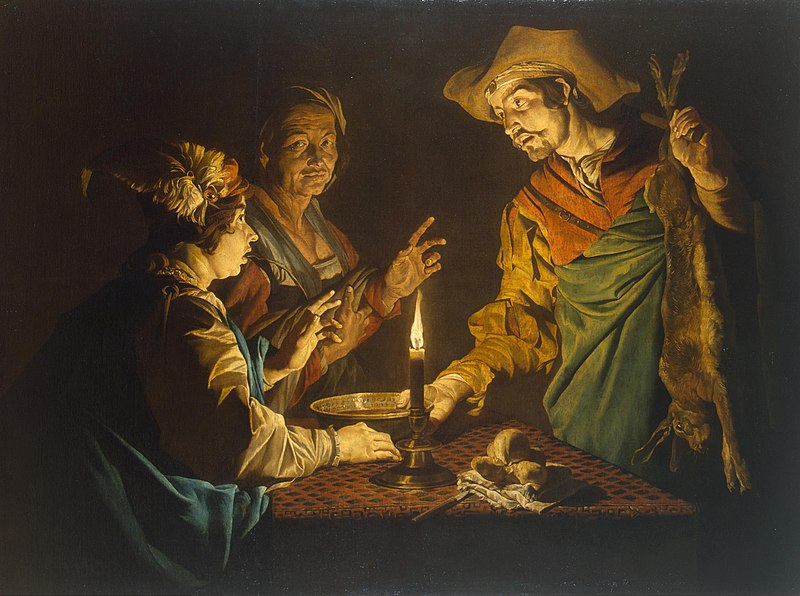
I have been blogging lately about my method of contemplative homeschooling. Here is an example of a unit I did a few years ago with my boys on Jacob and Esau.
The best way to start these units is for you (the parent) to meditate on the Scripture passage you will study with your kids. In this case, prayerfully read Genesis 25:29-24, 27:1-40. Since this passage is long, you could spread your meditation over 2-3 days or choose a smaller portion of the text to meditate on. Identify the main elements or themes of the story that speak to you and use them as part of your studies.
The themes I chose for this unit were twins, telling the truth, and comparing and contrasting. (I created this before I began starting each unit with my prayer time.)
Narration: Read “Esau and Jacob” from The Golden Children’s Bible aloud. If you have a different Bible, use only the parts of the story that correspond to the sections of Genesis noted above. Have your kids narrate it back and you write their narrations. Children 10 and up can write their own.
Copywork/memorization: “The Truth will set you free” (John 8:32).
Read the rest at Contemplative Homeschool.


 This post is part of an occasional series called Finding God in Children’s Literature, in which I look at children’s books in light of the Bible and Sacred Tradition. All correlations between these books and the Christian faith are my own insights, unless otherwise noted. You may quote me or link to these posts, but please do not re-blog them or use these ideas as though they were your own. Thank you.
This post is part of an occasional series called Finding God in Children’s Literature, in which I look at children’s books in light of the Bible and Sacred Tradition. All correlations between these books and the Christian faith are my own insights, unless otherwise noted. You may quote me or link to these posts, but please do not re-blog them or use these ideas as though they were your own. Thank you. In past posts, I have written on
In past posts, I have written on